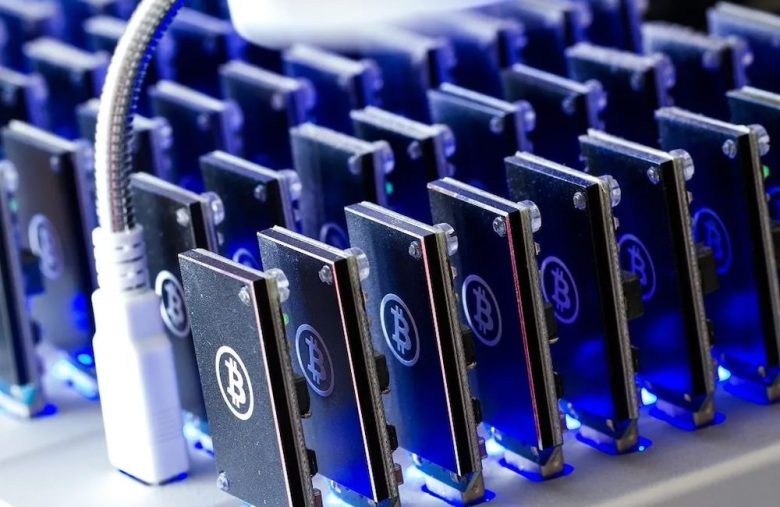Bitcoin Mining Difficulty Hits Record of 86T Before Halving

Bitcoin’s mining difficulty has reached a new all-time high, hitting a staggering 86 trillion before its fourth halving event.
The mining difficulty adjustment, which occurs roughly every two weeks, is a significant mechanism designed to maintain the average block time at around 10 minutes. It progressively adjusts the difficulty of solving a cryptographic puzzle essential to validating transactions and adding new blocks to the blockchain.
Bitcoin mining difficulty also quantifies the level of challenge and time required to mine a new block under Bitcoin’s proof-of-work (PoW) consensus mechanism. In addition, the mining difficulty is influenced by the Bitcoin blockchain’s hash rate, which measures miners’ computational power in producing new BTC.
Last Mining Difficulty Adjustment Before Bitcoin Halving
The most recent adjustment, which occurred on April 10, saw a 3.4% increase in Bitcoin mining difficulty compared to the previous level of 83 trillion, set on March 28. As the price of Bitcoin remains relatively high, more entities are entering the mining sector, which drives up competition and sets the difficulty to new highs.
The latest Bitcoin mining difficulty is likely to be the final one before the halving event. According to BTC.com, the next mining difficulty adjustment will take place in roughly 13 days, around April 24 while the long-awaited fourth Bitcoin halving is expected to occur in eight days on April 19.
Bitcoin’s Hash Rate Surges
Corresponding with the increasing difficulty of Bitcoin mining, the network’s hash rate has also experienced a notable surge. Data from BTC.com indicates that it climbed from approximately 619 exahash per second (EH/s) on March 28 to 696 EH/s on April 10.
Galaxy’s mining analysts imply that up to 20% of Bitcoin’s existing hash rate may deactivate following the Bitcoin halving and anticipate that many miners will shut down their mining rigs due to lowered efficiency.
The analysts revealed that, at the end of 2023, eight ASIC miner models generated over 70% of the Bitcoin hash rate.
Data from BitInfoCharts indicates that the Bitcoin hash rate reached a record peak of 727.9 EH/s on March 24. Analysts speculate that the BTC hash rate may decrease following the upcoming Bitcoin halving in 2024.




